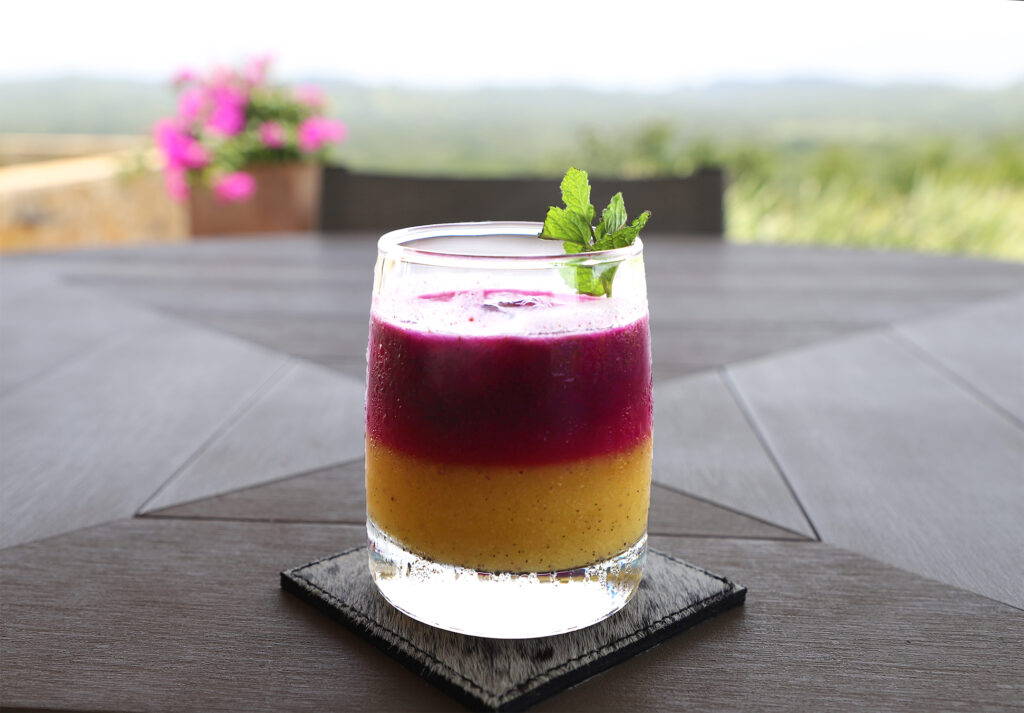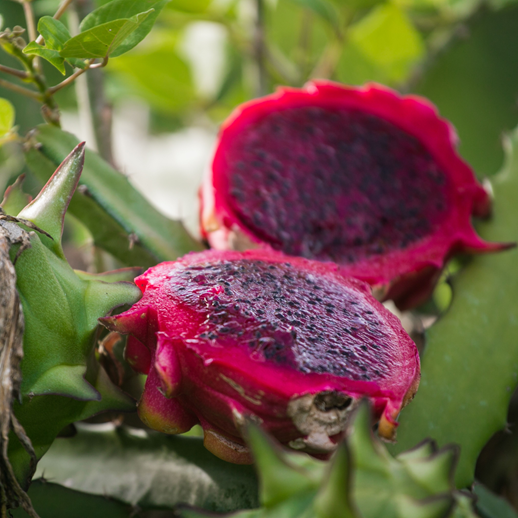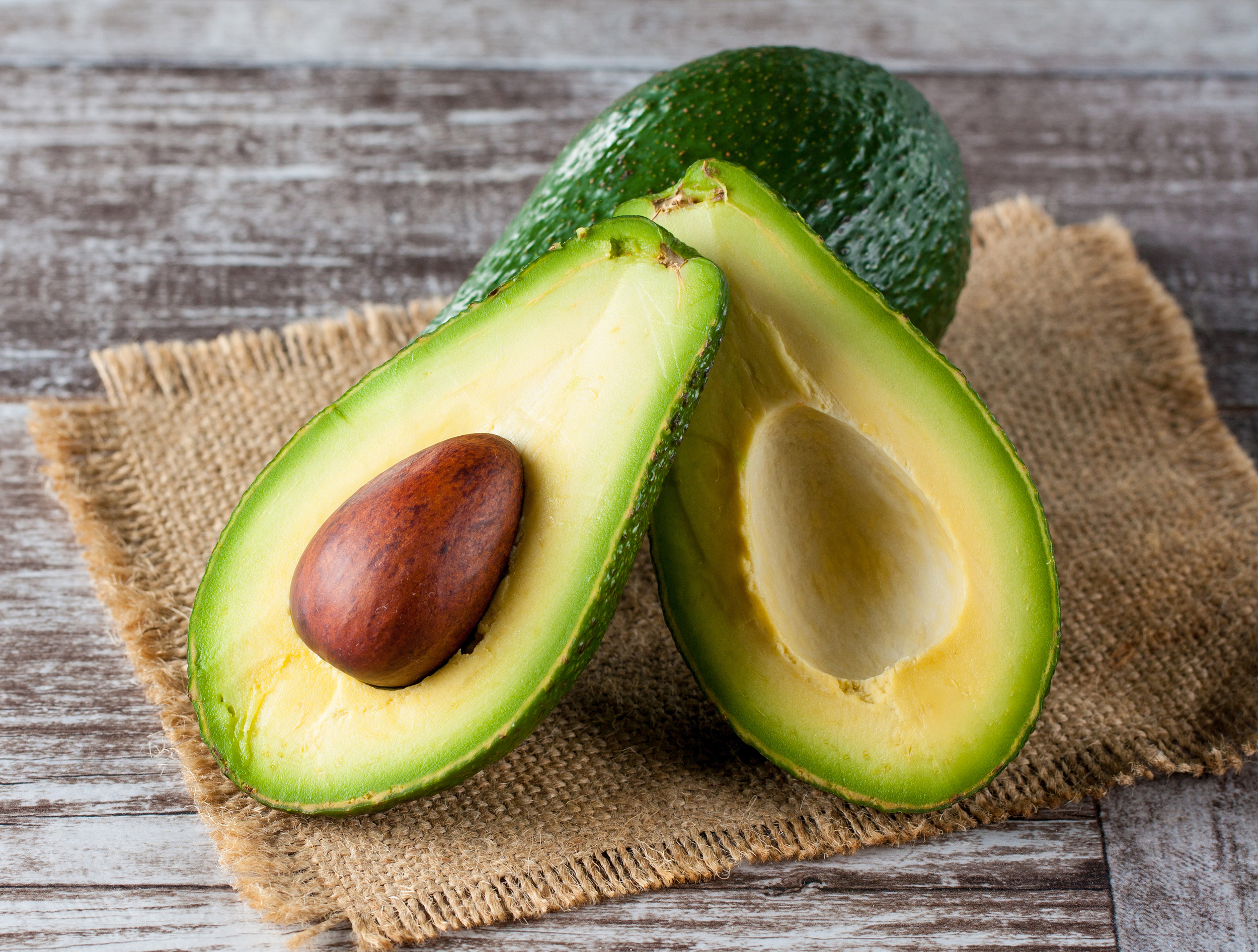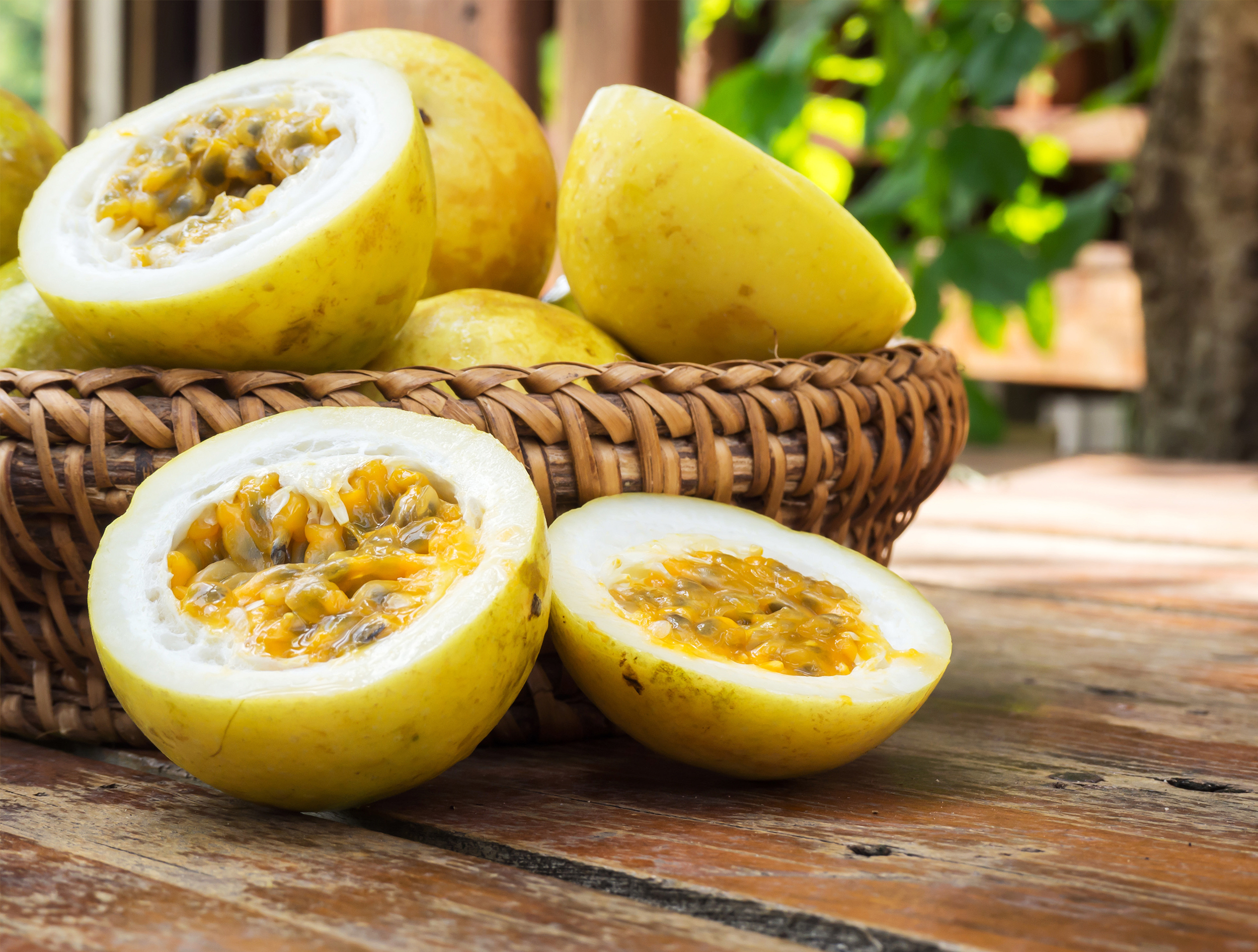
For don Alfredo and doña Theresita, the Pitahaya with its bright blushing hue, silky tropical flavors, and amazing tinting capabilities, had always been one of their most cherished cultures, and when they acquired the land to develop Nekupe there was no doubt that there would be plenty of Pitahaya or Dragon Fruit cultivated there. This interest gave origin to a partnership with Burke Agro, S.A.(https://www.burkeagro.com) which developed the strategic plan for agricultural development of Pitahaya at Nekupe. Once the plan was kicked-off, an appropriate lot to plant the Pitahaya was located -one with heavy, rocky, clayey, and loamy soil.
In Nicaragua, the flesh of Pitahaya is very popular for making a refreshing and delectable juice, and it also produces a beautiful and impressive flower which transforms itself into the Pitahaya fruit and is believed to possess curative powers for various conditions. Some of the health attributes of Pitahaya include significant quantities of antioxidants, ascorbic acid, phenols, vitamin B complex, calcium, iron, phosphorus, vegetable protein, high water content, and soluble fiber. Amongst Pitahaya ‘s renowned properties we find it acts as a powerful anti-inflammatory and because of its high content of mucilage (a thick gluey substance produced by plants) it contributes to normalize digestion and aids in the reconstruction of intestinal flora as well as regeneration of liver cells.

The cultivation of Pitahaya in Nekupe follows an integrative organic farming strategy. The process was started during the months of June and July of 2019. The planting was realized with basic and traditional (non-mechanical) tools like plows, bars, and shovels. The Pitahaya is a climbing member of the Cetacea family and needs another plant as a supportive structure in order to climb and grow, in Nekupe we utilized a tree called Madero Negro-a medium size leguminous tree belonging to the Fabaceae family and sometimes also known as Quickstick in other parts of the world. The Madero Negro is native to the lands of Nekupe, and the plants to be used to support the Pitahaya were selected carefully not to affect the Madero Negro plantation. Next to each Madero Negro stick we planted two Pitahaya sheaths in a lot with a 12-acre extension a total of 5,800 trees were used, producing a total of 11,600 Pitahaya sheaths.
Pitahaya produces fruit 5 months out of the year, and we are expecting a first season yield at Nekupe of approximately 11,000 units. The flowering of Pitahayas is itself a spectacle to contemplate. The plant produces an exotic colorful flower that blooms for only one night and opens in the direction of moon light, the bloom only lasts between the hours of 6:00 p.m. and 8:00 a.m. . Out of each flower grows a Pitahaya fruit that requires 35 to 45 days to ripen. The flowering optimizes in the summer months when the days are longer, and the nights are shorter with the highest production months being from June to October each year.
Don Alfredo and doña Theresita chose de location of the Pitahaya plantation of Nekupe with our guests in mind, so they may be able to visit this area which has a spectacular view of the Mombacho volcano one that can be appreciated through long hikes or adventurous ATV rides to the Pitahaya fields of Nekupe.




I love dragonfruit! I am dreaming of the day I get to visit Nekupe and try it fresh from the farm.